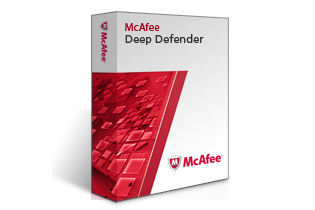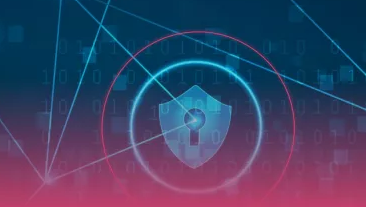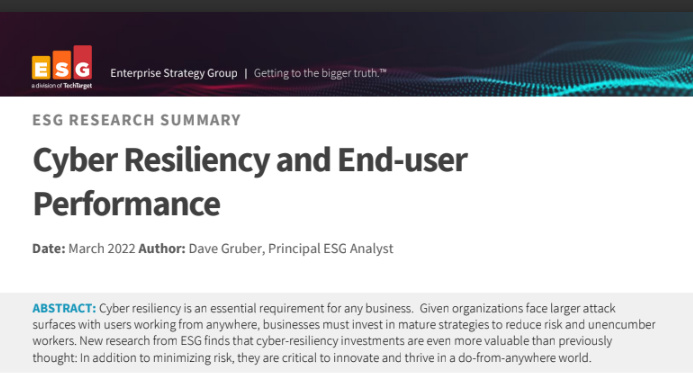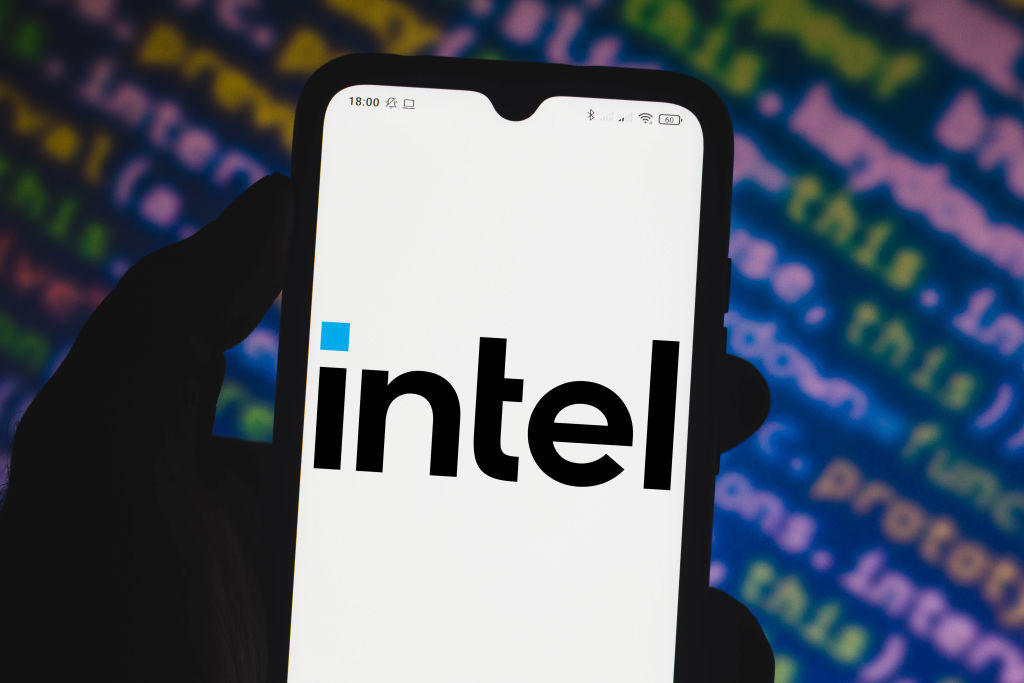McAfee releases first DeepSAFE product
The first sub-OS level security product arrives following Intel's acquisition of McAfee.


McAfee has squeezed out the first product based on its DeepSAFE technology, created in collaboration with owner Intel.
Called McAfee Deep Defender, it is capable of detecting "nearly all kernel-mode malware," according to McAfee and should be hugely useful to IT departments concerned about stealthy rootkits.
The DeepSAFE technology was announced at IDF 2011. Many expected such sub-operating system security to come out of Intel's acquisition of McAfee.
"Together, McAfee and Intel are rethinking the entire approach to security and McAfee Deep Defender is a proof point of how security is changing to provide a new level of protection," said Renee James, Intel senior vice president and general manager of the software and services group.
"We are working to ensure users have an engaging, secure and productive computing experience across all Intel platforms using McAfee technologies. Security is one of the top concerns to organisations of all sizes and industries. It is essential that computing is protected against intrusions from security breaches and malware in more effective ways."
The technology comes with CPU and memory monitoring, allowing administrators to see what is going on below the OS. In particular, it should give IT teams the ability to spot nasty rootkits.
According to McAfee, the product will "report, block, quarantine and remove known and unknown stealth techniques attempting to load in memory."
Get the ITPro daily newsletter
Sign up today and you will receive a free copy of our Future Focus 2025 report - the leading guidance on AI, cybersecurity and other IT challenges as per 700+ senior executives
The bad guys are getting smarter about hiding malware, but they can't hide it when interacting with the hardware, memory or operating system.
For suspected unknown threats otherwise known as zero-day threats Deep Defender sends a "fingerprint code" off to the McAfee Global Threat Intelligence network for analysis.
Administrators will be able to watch over all the action via the ePolicy Orchestrator console, which should soon benefit from recently-acquired NitroSecurity technology.
"The bad guys are getting smarter about hiding malware, but they can't hide it when interacting with the hardware, memory or operating system. We can now detect these interactions, and provide an unprecedented level of protection," said Todd Gebhart, co-president of McAfee.
The general industry opinion of the sub-operating system model is that it is the future of security. However, Intel and McAfee will have to open up the model so other security vendors can join the market. Intel chips are found in around 80 per cent of PCs being used today.
Got the city on lock down
McAfee has also launched ePO Deep Command, which gives administrators the ability to remotely patch systems, even if they are turned off.
Using Intel's Active Management Technology, IT teams can switch computers on and off to execute security tasks, or simply to implement green IT policies.
"McAfee ePO Deep Command enables security administrators to quickly respond to disabled PCs with a remote call for help functionality to ensure proper security is in place to protect against today's fast propagating threats," said Brian Foster, senior vice president of product management at McAfee.
IT Pro is awaiting availability and pricing for the products.
Tom Brewster is currently an associate editor at Forbes and an award-winning journalist who covers cyber security, surveillance, and privacy. Starting his career at ITPro as a staff writer and working up to a senior staff writer role, Tom has been covering the tech industry for more than ten years and is considered one of the leading journalists in his specialism.
He is a proud alum of the University of Sheffield where he secured an undergraduate degree in English Literature before undertaking a certification from General Assembly in web development.
-
 Should AI PCs be part of your next hardware refresh?
Should AI PCs be part of your next hardware refresh?AI PCs are fast becoming a business staple and a surefire way to future-proof your business
By Bobby Hellard Published
-
 Westcon-Comstor and Vectra AI launch brace of new channel initiatives
Westcon-Comstor and Vectra AI launch brace of new channel initiativesNews Westcon-Comstor and Vectra AI have announced the launch of two new channel growth initiatives focused on the managed security service provider (MSSP) space and AWS Marketplace.
By Daniel Todd Published
-
 PowerEdge - Cyber resilient infrastructure for a Zero Trust world
PowerEdge - Cyber resilient infrastructure for a Zero Trust worldWhitepaper Combat threats with an in-depth security stance focused on data security
By ITPro Published
-
 Redefining modern enterprise storage for mission-critical workloads
Redefining modern enterprise storage for mission-critical workloadsWhitepaper Evolving technology to meet the mission-critical needs of the most demanding IT environments
By ITPro Published
-
 The business value of storage solutions from Dell Technologies
The business value of storage solutions from Dell TechnologiesWhitepaper Streamline your IT infrastructure while meeting the demands of digital transformation
By ITPro Published
-
 Cyber resiliency and end-user performance
Cyber resiliency and end-user performanceWhitepaper Reduce risk and deliver greater business success with cyber-resilience capabilities
By ITPro Published
-
 Capita tells pension provider to 'assume' nearly 500,000 customers' data stolen
Capita tells pension provider to 'assume' nearly 500,000 customers' data stolenCapita told the pension provider to “work on the assumption” that data had been stolen
By Ross Kelly Published
-
 Intel Alder Lake chips safe from novel exploits following source code leak, experts say
Intel Alder Lake chips safe from novel exploits following source code leak, experts sayNews The mystery surrounding how the code was leaked is a more interesting story, experts told IT Pro, despite others branding the incident "scary"
By Rory Bathgate Published
-
 McAfee and Visa offer 50% off antivirus subscriptions for small businesses
McAfee and Visa offer 50% off antivirus subscriptions for small businessesNews UK Visa Classic Business card holders can access the deal starting today
By Zach Marzouk Published
-
 Understanding the economics of in-cloud data protection
Understanding the economics of in-cloud data protectionWhitepaper Data protection solutions designed with cost optimisation in mind
By ITPro Published